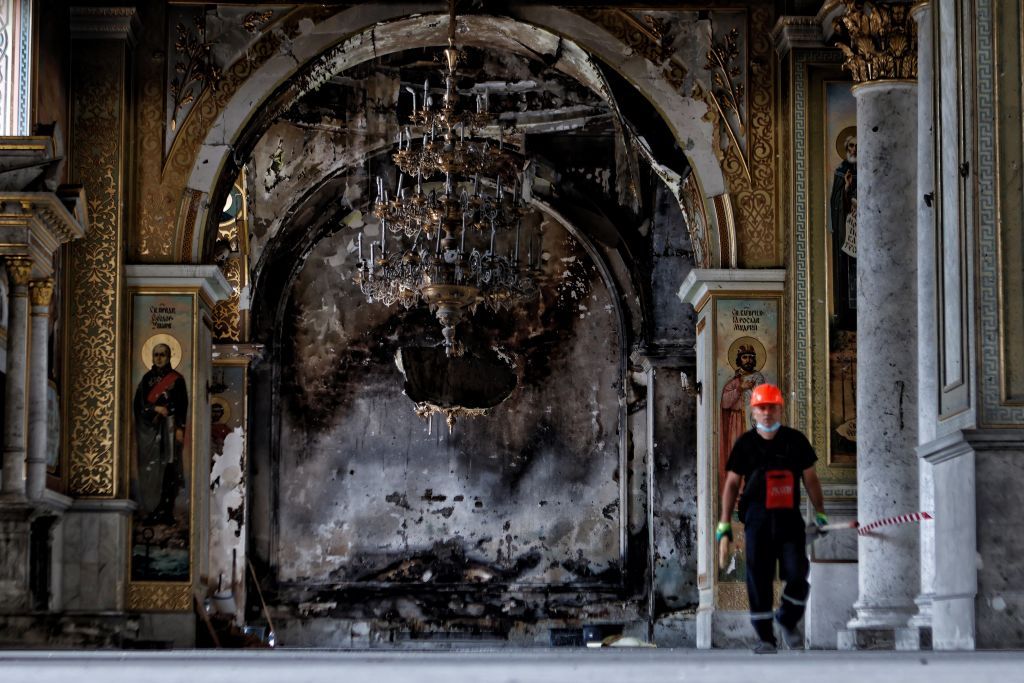City Council: Russian overnight attack against Odesa damages over 200 buildings

As of 11 a.m. local time, damages to 203 buildings were recorded in Odesa as a result of Russia’s overnight aerial attack, the Odesa City Council reported on Aug. 14.
Among the damaged buildings were seven educational institutions, including a cultural heritage site, and four medical facilities, the local authorities wrote.
Russia launched 15 Shahed-136/131 drones and eight Kalibr cruise missiles at Odesa on Aug. 14 night, the Air Force reported, saying that all the aerial targets were shot down.
Ukrainian authorities and the military said the damages were caused by falling missile debris resulting in fires as well as blast waves. The attacks also injured three civilians, according to the regional governor.
However, some commentators speculated that such level of destruction seen particularly in photos depicting local supermarket Fozzy appears to have been caused by a direct hit by a drone or a missile.
In a comment for the Ukrainian outlet Babel, the Air Force spokesperson Yurii Ihnat reiterated that the air defenses downed all the targets, adding that Fozzy was destroyed because of a large-scale fire.
Shahed drones fly at low altitudes and create “a very large” scattering of burning debris when they are shot down, causing an especially destructive blast wave, Ihnat explained.
The air defense forces had no choice but to shoot down the Kalibr missiles "just above the city, above residential areas," the Southern Command spokesperson Natalia Humeniuk said on national television, cited by Hromadske.
Following Moscow’s unilateral withdrawal from the Black Sea Grain Agreement, Russian forces have intensified attacks against Ukraine’s southern city of Odesa, targeting critical port and grain infrastructure.
The July strikes also damaged Odesa’s historical center, which was named a UNESCO World Heritage Site in January 2023.













